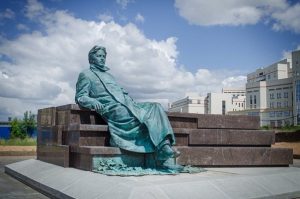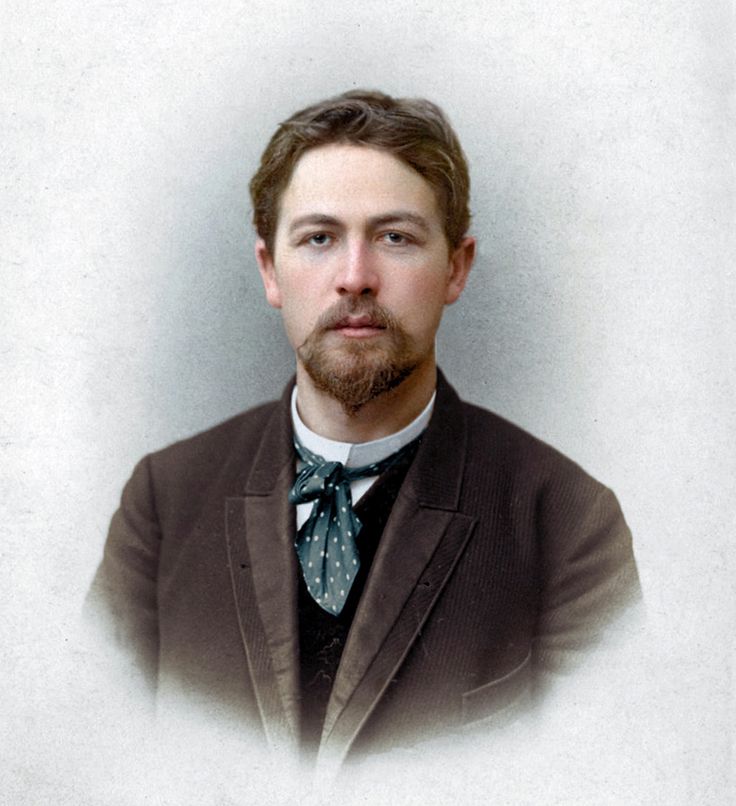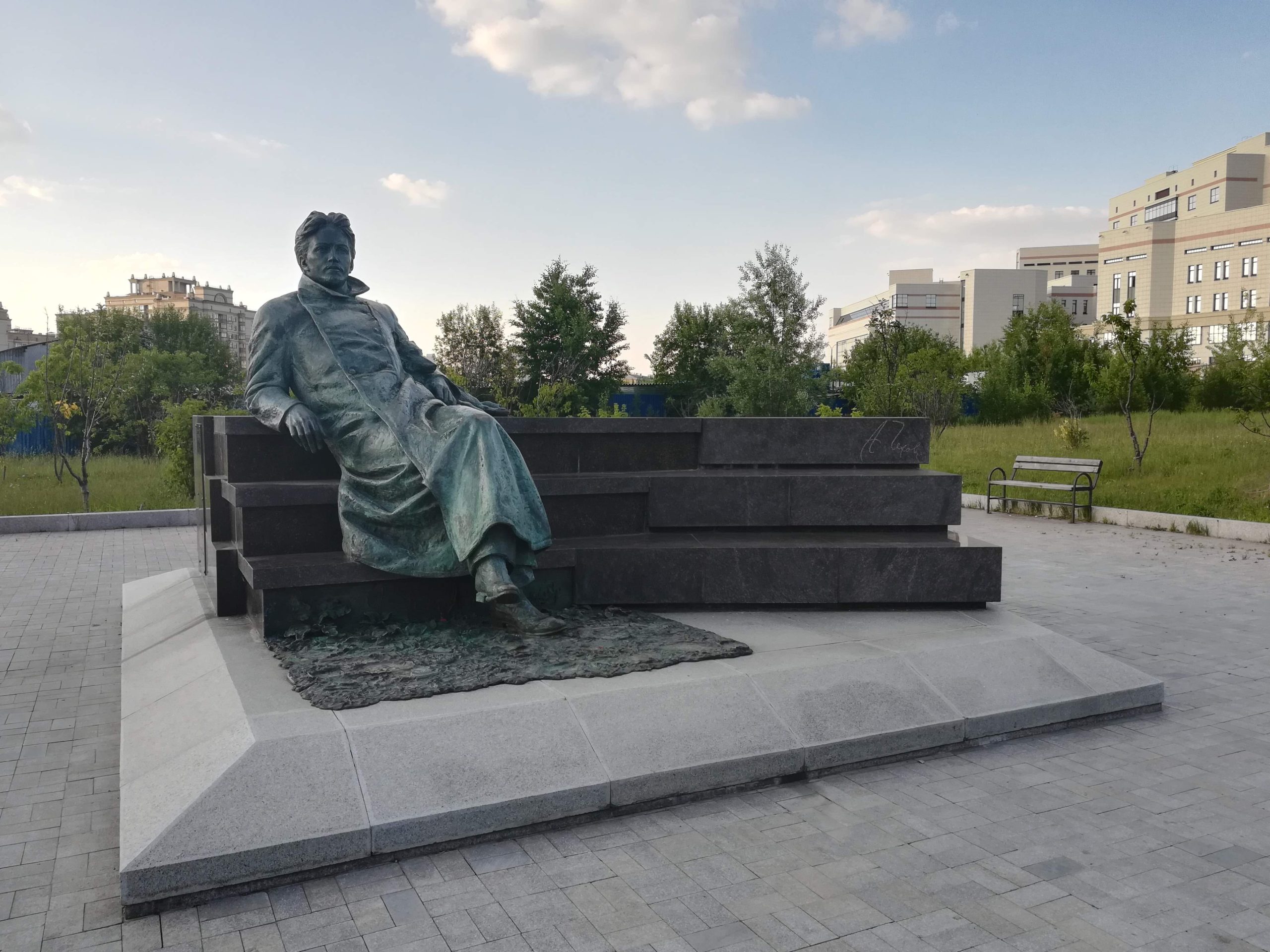Monument to Student Chekhov

The Monument to Student Chekhov on the campus of Moscow State University is dedicated to the Russian literary classic Anton Pavlovich Chekhov. Created by sculptor A.I. Rukavishnikov, the bronze statue depicts Chekhov in his youth, wearing a greatcoat and embracing a dog with his left arm. The sculpture is set on a granite bench. On the side of the monument is a copper plaque featuring Chekhov’s petition to the rector of Moscow University requesting the issuance of his diploma. On the back of the pedestal, the writer’s pseudonyms are listed: Antosha Chekhonte, Arkady Tarantulov, Makar Baldastov, and others. Chekhov studied at the Faculty of Medicine of Moscow University from 1879 to 1884 and earned the title of physician. According to the recollections of his fellow student G.I. Rossolimo, Chekhov was a diligent student despite his literary pursuits. He graduated in 1884 with the title of “district doctor.” Archival documents show that during his studies he attended courses in anatomy, surgery, pharmacology, and other medical disciplines. Chekhov himself noted the influence of his medical education on his literary work. The dog depicted in the monument has become a kind of mascot for MSU students.
Anton Pavlovich Chekhov (1860-1904) was a classic of Russian literature, a renowned prose writer, playwright, and practicing physician. A member of the Imperial Academy of Sciences, he authored over 500 works, including the famous plays The Seagull, Three Sisters, and The Cherry Orchard, translated into many languages. His novellas The Steppe, The Duel, and Ward № 6 are part of the golden canon of world literature. Chekhov transformed classical Russian literature by introducing psychological depth, a restrained style, and a focus on everyday life into prose and drama. His plays and stories abandoned traditional plots in favor of atmosphere and internal tension. He had a profound influence on the development of world drama and modernist prose. Beyond his literary work, Chekhov was actively involved in philanthropy: he helped the hungry, children, peasants, and tuberculosis patients; held leadership positions in charitable organizations; and drew public attention to social issues through journalism.
Address: Moscow, Lomonosovsky ave., 27, building 10

